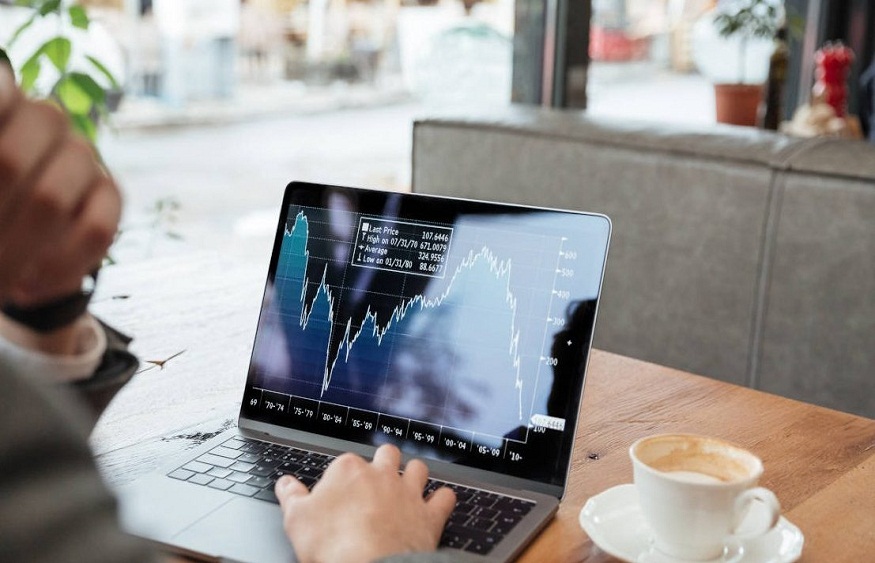In financial trading, Contracts for Difference (CFDs) have become a popular tool for both amateur and professional traders. CFDs allow traders to speculate on the price movements of various financial instruments without owning the underlying asset. The allure of CFD trading lies in the ability to use leverage, which magnifies both potential gains and potential losses. However, with this leverage comes the significant responsibility of managing margin requirements, particularly in volatile markets. Understanding and strategically utilising margin calls can differentiate between success and failure in CFD trading.
Understanding Margin Calls in CFD Trading
A margin call definition can be summarised as a demand from your broker to deposit additional funds or liquidate positions to meet the minimum margin requirement. It occurs when the equity in your trading account falls below the required minimum margin level. In simpler terms, a margin call happens when market movements cause the value of your open positions to drop, reducing your equity and bringing your account balance closer to the broker’s minimum requirement. If you fail to meet a margin call, the broker has the right to close some or all of your positions to bring your account back into compliance.
The consequences of a margin call can be severe. If you are unable to meet the call, the broker will liquidate your positions to cover the deficit. This can lead to significant financial losses, particularly if the market moves against you rapidly. Beyond the financial impact, margin calls can also be psychologically taxing, as traders often feel pressure to make quick decisions, which can lead to emotional and irrational trading behaviour.
The Dynamics of Volatility in CFD Markets
Volatility is an inherent characteristic of financial markets, and it refers to the degree of variation in the price of a financial instrument over time. Various factors contribute to market volatility, including economic indicators, geopolitical events, and overall market sentiment. In the context of CFD trading, volatility can be both an opportunity and a challenge. On one hand, it creates the potential for large gains within short timeframes. On the other hand, it increases the risk of rapid and substantial losses, especially for leveraged positions.
When markets are volatile, the likelihood of experiencing a margin call increases. Price swings can quickly erode the equity in your trading account, bringing it closer to the maintenance margin level. Traders must be vigilant during these times, as even a brief period of market turbulence can trigger margin calls, forcing them to liquidate positions at a loss.
Strategic Approaches to Using Margin Calls
Managing margin calls effectively requires a proactive approach. One of the key strategies is to maintain a sufficient margin buffer in your account. This means keeping more equity in your account than the minimum required by the broker. A margin buffer provides a cushion against sudden market movements, reducing the likelihood of a margin call. Regularly reassessing your risk exposure is also crucial. As market conditions change, so should your risk management strategies. Reducing leverage or closing some positions can help mitigate the risk of a margin call during periods of heightened volatility.
Margin calls can also be used as a risk management tool. Rather than viewing them as purely negative, traders can use margin calls to limit their losses. For instance, when a margin call is imminent, a trader might choose to liquidate some positions voluntarily, rather than waiting for the broker to do so. This allows the trader to control which positions are closed and at what price, potentially minimising losses.
Tools and Techniques for Managing Margin in Volatile Markets
In volatile markets, staying informed and prepared is paramount. One of the most effective tools for managing margin is setting up margin call alerts and notifications through your trading platform. These alerts can notify you when your equity is approaching the maintenance margin level, giving you time to take action before a margin call is triggered. Real-time monitoring of your positions and account balance is essential during volatile periods, as markets can move quickly, and delays in responding to a margin call can be costly.
Automated trading systems offer another avenue for managing margin calls. These systems can be programmed to monitor your margin levels and execute trades automatically if certain conditions are met. For example, an automated system might close positions or reduce leverage if the equity in your account falls below a specified threshold. While automation can help manage margin calls effectively, it’s essential to understand the limitations and risks associated with relying on such systems. Automated systems are only as good as the strategies they implement, and they may not always account for unexpected market events.
Conclusion
The strategic use of margin calls in volatile CFD markets requires a thorough understanding of margin mechanics, a proactive approach to risk management, and the ability to stay disciplined under pressure. By maintaining a margin buffer, using margin calls as a tool for limiting losses, and taking advantage of market re-entry opportunities, traders can navigate the challenges of volatile markets more effectively. Additionally, leveraging tools such as margin call alerts, automated trading systems, and hedging strategies can further enhance a trader’s ability to manage margin calls.

